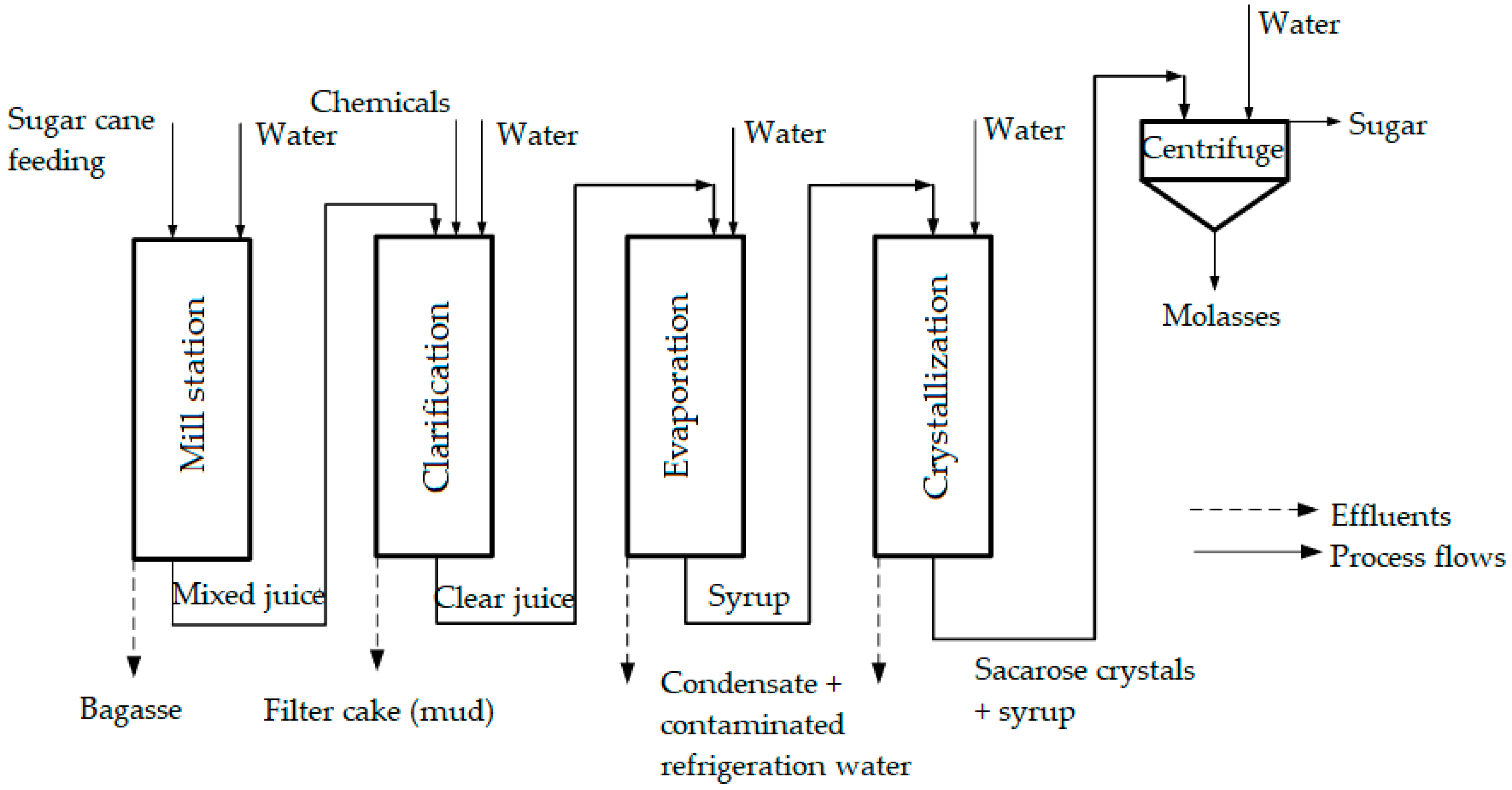Eco-Friendly Cane Sugar Processing Chemicals: Lasting Solutions
Wiki Article
Maximizar Rendimientos Y Minimizar Costos: Estrategias Avanzadas Para La Optimización Química Del Procesamiento De Azúcar De Caña
In the realm of cane sugar handling, the pursuit of optimizing yields while concurrently decreasing costs stands as a formidable obstacle that calls for a strategic blend of innovative chemical optimization techniques. Amidst this complex internet of techniques lies the pledge of opening untapped possibility and changing the really essence of sugar production.Chemical Evaluation for Effectiveness
Chemical evaluation plays a pivotal role in enhancing the effectiveness of sugar walking cane handling by providing important understandings right into the composition and residential properties of the raw materials. By performing comprehensive chemical analyses on sugar walking cane examples, processors can identify the precise focus of sucrose, glucose, fructose, and various other parts present in the raw product. This information is crucial for optimizing the numerous phases of the sugar walking stick processing chain, from milling to condensation.Moreover, chemical analysis makes it possible for cpus to recognize pollutants such as natural acids, healthy proteins, and minerals that can influence the top quality and yield of the last sugar item. By measuring these pollutants, cpus can implement targeted strategies to remove or minimize their results, inevitably improving the overall performance of the handling plant.
Additionally, chemical evaluation facilitates the monitoring of procedure criteria such as pH, temperature, and thickness, enabling cpus to make real-time changes to guarantee optimal conditions for sugar extraction and crystallization. Generally, a complete understanding of the chemical structure of sugar cane is crucial for taking full advantage of returns, decreasing prices, and preserving high item top quality in the sugar manufacturing sector.

Enzyme Usage for Raised Returns
With a strategic technique to enzyme utilization, sugar walking stick processors can significantly enhance their yields while keeping functional efficiency in the manufacturing process. Enzymes play an essential function in sugar cane handling by breaking down complicated carbohydrates into less complex sugars, therefore enhancing the overall sugar extraction effectiveness. By incorporating certain enzymes tailored to target the different parts of sugar walking stick, such as cellulose and hemicellulose, cpus can enhance the launch of sugars throughout extraction.Enzyme application supplies the benefit of making the most of sugar returns from the raw material while minimizing the power and resources required for handling. Through careful selection and application of enzymes, sugar walking stick processors can enhance their procedures to achieve higher returns and success.
Ph Control for Optimal Handling
Enzyme usage for increased returns in sugar walking stick handling lays the structure for dealing with the essential aspect of pH control for ideal processing efficiency. Preserving the proper pH degree throughout different phases of sugar cane processing is essential for optimizing yields and reducing costs. By thoroughly keeping track of and readjusting the pH levels at various processing actions, sugar cane processors can improve sugar healing rates, decrease chemical use, and maximize the total manufacturing procedure.Advanced Purification Techniques
Carrying out sophisticated filtering strategies in sugar walking cane handling improves the efficiency and purity of the final product with refined splitting up approaches. By including sophisticated purification modern technologies, such as membrane purification and turned on carbon filtration, sugar cane processing plants can achieve higher degrees of sugar recovery and boosted quality control.
Triggered carbon purification is an additional innovative technique that helps in the removal of colorants, off-flavors, and recurring impurities from sugar cane products. By utilizing turned on carbon's adsorption homes, this filtering method enhances the clearness and taste of the sugar, satisfying the high requirements required by consumers and industry guidelines.
Energy-Efficient Distillation Methods
Energy-efficient distillation techniques are crucial for maximizing the sugar walking stick handling sector's power intake while preserving top quality item requirements. Traditional purification processes can be energy-intensive, leading to greater manufacturing costs and Get More Information ecological effects (Cane Sugar Processing Chemicals). Carrying out energy-efficient distillation techniques, such as vacuum cleaner purification or molecular purification, can significantly minimize power needs while improving total procedure effectivenessVacuum purification entails decreasing the stress within the purification system, which reduces the boiling point of the liquid mix being refined. This reduction in boiling point decreases the energy required for evaporation, causing energy savings contrasted to conventional distillation approaches.
On the various other hand, molecular distillation uses brief course distillation methods under high vacuum cleaner conditions to different compounds based on their molecular weight. This technique is specifically efficient for heat-sensitive substances, as it operates at reduced temperature levels, minimizing energy intake and protecting product top quality.
Conclusion

Report this wiki page